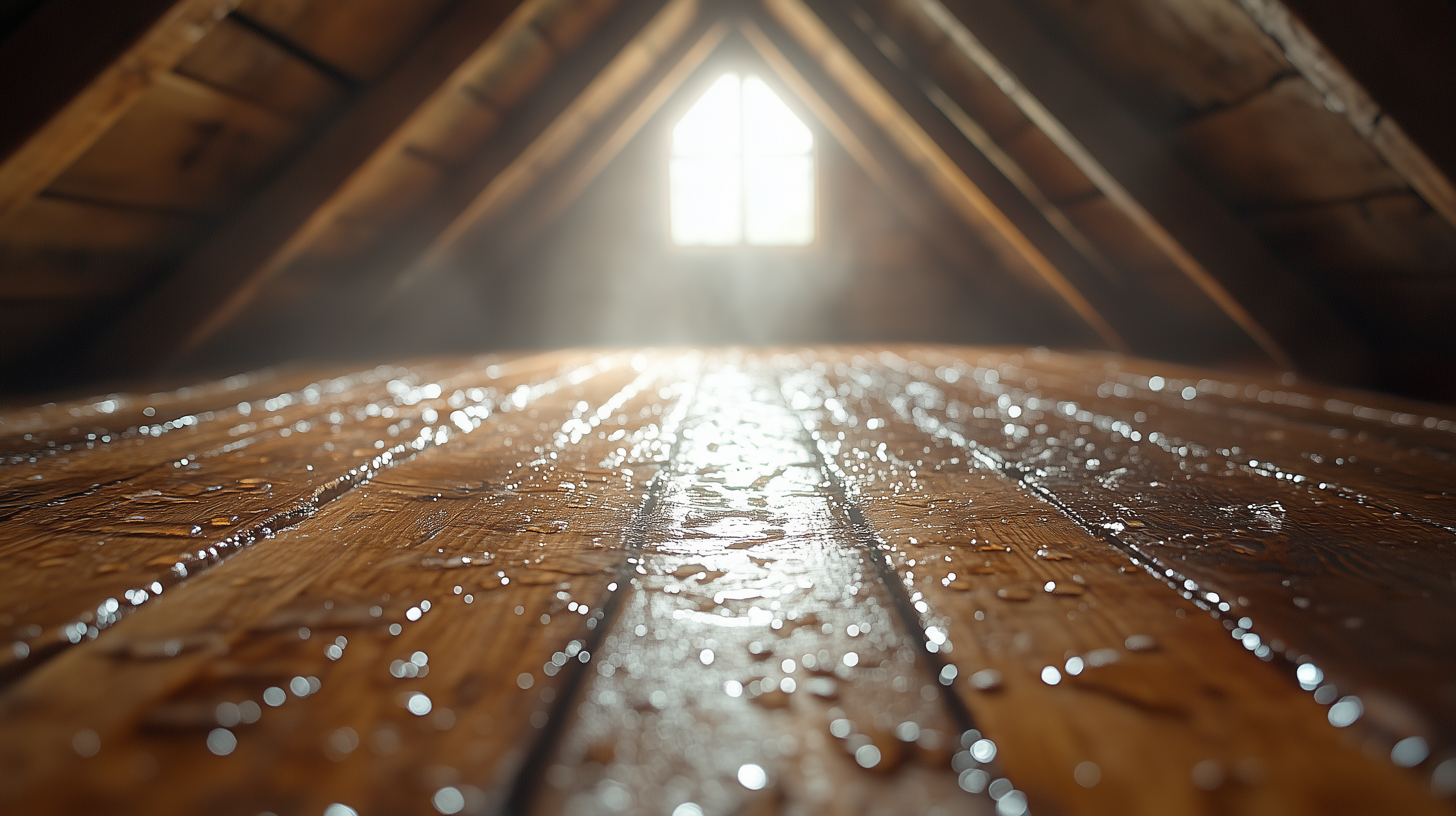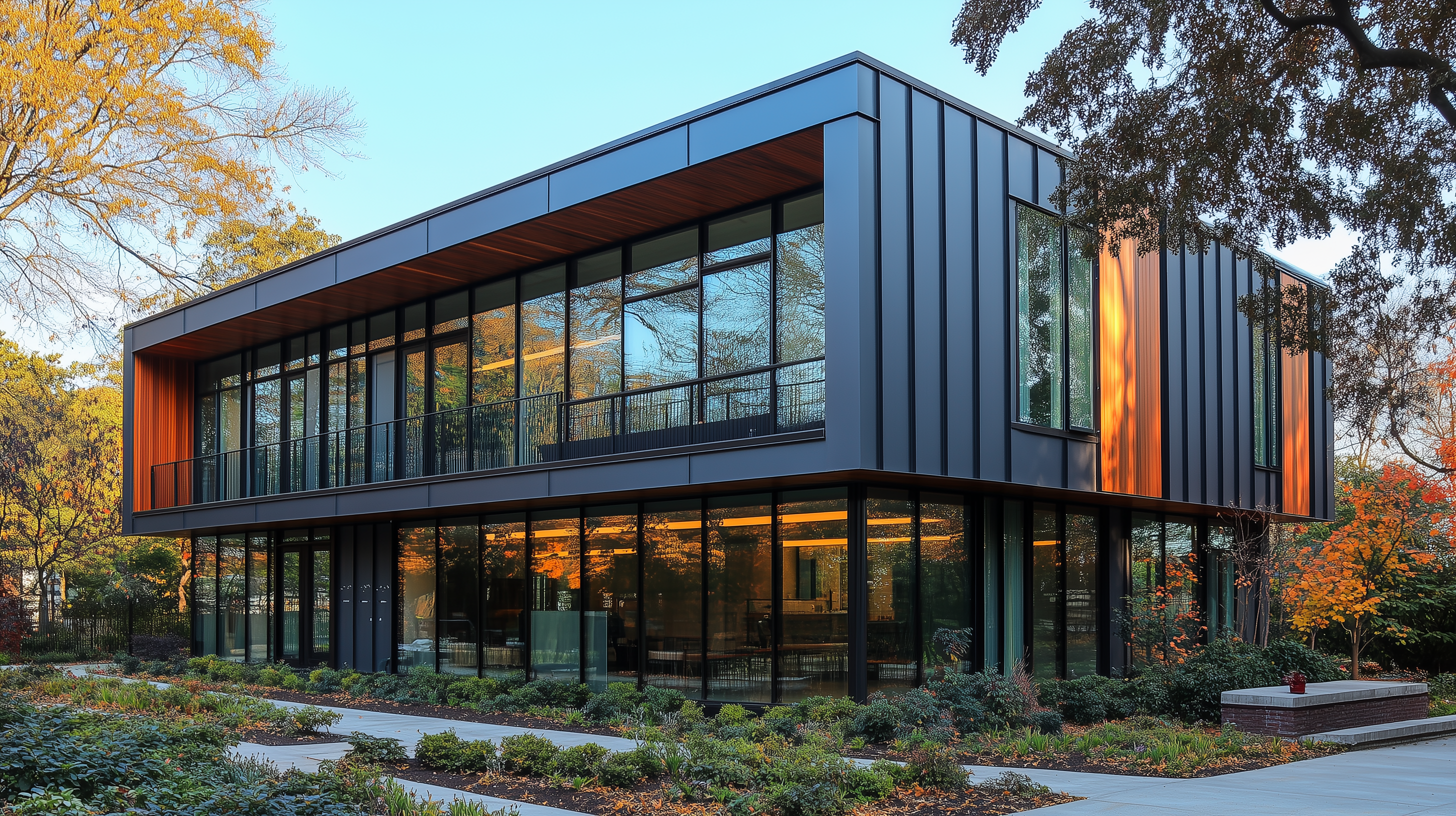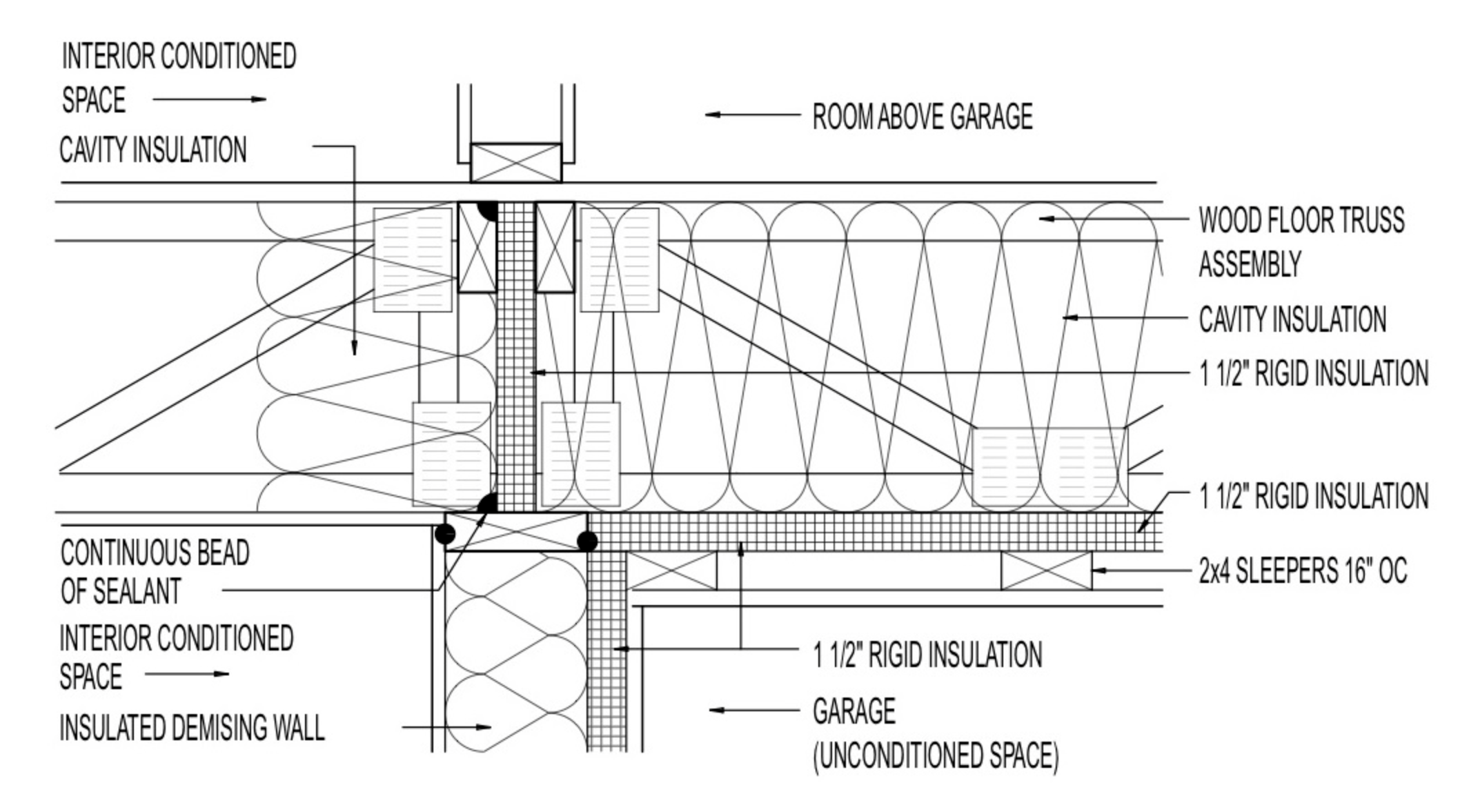Ensuring Code Compliance for Buried Ducts in Vented Attics: A Complete Guide
In recent years, the insulation and air sealing of buried ducts within ceiling insulation in vented attics has become a preferred method for improving energy efficiency in all climate zones. However, until the 2018 International Energy Conservation Code (IECC) and International Residential Code (IRC), there were no clear code provisions for this practice, leading to widespread confusion and inconsistent enforcement.
This article provides an in-depth guide to the code requirements, inspection protocols, and best practices for buried ducts in vented attics. These measures help ensure compliance while reducing construction costs and improving home energy efficiency.
Why Bury Ducts in Vented Attics?
Traditionally, ducts are installed within the conditioned space (inside the thermal envelope), but burying them within ceiling insulation in vented attics offers a cost-effective alternative. Studies by the DOE’s Building America program confirm that buried ducts, when properly insulated and sealed, can perform nearly as well as ducts within conditioned spaces. Buried ducts save construction costs, particularly for complex designs or single-story, slab-on-grade homes, and contribute significantly to energy savings without risking condensation issues.
Code Requirements for Buried Ducts in Vented Attics
The IECC and IRC provide a pathway for buried ducts in vented attics to be recognized as compliant. Key code sections and provisions relevant to this method, spanning both plan review and inspection requirements, are detailed below.
Applicable Code Sections:
- Construction Documentation
- IECC/IRC Sections R103.1 and R104.1: Construction documents must detail duct design, insulation R-values, and air sealing techniques, ensuring full compliance with code standards.
- Sealing and Insulation of Ducts
- Section R403.3.2/N1103.3.2 (2015/2018 IECC/IRC): All ducts, air handlers, and filter boxes must be sealed per the International Mechanical Code or IRC guidelines.
- Section R403.3.2.1/N1103.3.2.1: Air handlers must meet a maximum air leakage rate of 2% when tested under ASHRAE 193 standards.
- Duct Testing
- Section R403.3.3/N1103.3.3: Ducts must be pressure tested to determine air leakage, either through rough-in or post-construction testing, achieving a total leakage rate of 4 cubic feet per minute per 100 square feet of conditioned floor area.
- Insulation Requirements for Buried Ducts
- Section R403.3.6/N1103.3.6: Partially or fully buried ducts should have an R-value of R-8 or higher for supply and return ducts. Ceiling insulation above buried ducts should be a minimum of R-19.
- Section R403.3.6.1: Deeply buried ducts, surrounded by R-30 attic insulation and installed within 5.5 inches of the ceiling, may be considered to have an effective insulation R-value of R-25 in energy performance simulations.
- Compliance for Conditioned Space
- Section R403.3.7: For ducts to be considered within conditioned space, air handlers must be fully enclosed within the thermal envelope, with ducts achieving leakage rates of ≤1.5 cfm per 100 sq. ft. and ceiling insulation matching the required R-value.
Best Practices for Installing Buried Ducts in Vented Attics
- Air Sealing
- Continuous Air Barrier: Ensure all joints and penetrations are sealed, including around HVAC boots, recessed lighting, and utility penetrations, per Section R402.4/N1102.4.
- Foundation and Sill Plate Junctions: Seal junctions to prevent air leaks, crucial for maintaining the building’s thermal integrity.
- Insulation
- Duct Insulation: For supply and return ducts, apply R-8 or greater insulation to prevent energy loss. In humid climates, use vapor retardant insulation in accordance with Section M1601.4.6 of the IRC.
- Attic Insulation Over Ducts: Apply at least R-30 attic insulation above ducts to achieve optimal performance and ensure duct condensation prevention.
- Access Hatches
- Insulate and Weather-Strip Hatches: Insulate hatches or doors from conditioned to unconditioned spaces to R-30 or higher. Add weather stripping to minimize air leakage.
- Effective Design in Humid Climates
- Vapor Retardant Insulation: Use R-13 insulation with a vapor retarder for ducts in humid zones (Climate Zones 1A, 2A, 3A) to prevent condensation.
Plan Review Considerations
For jurisdictions adopting the 2018 IECC or IRC, plan review processes should align with the updated provisions. Code officials should examine construction documents to ensure they detail the following:
- Duct Design and R-Values: Specify R-values for supply and return ducts, and include air sealing materials (e.g., mastic, approved tape).
- Insulation Depth: Confirm that attic insulation meets the R-value requirements.
- Duct Testing Method: Specify whether rough-in or post-construction testing will be used to verify duct sealing.
Key Documentation Requirements:
- Section R103.2/N1101.5: Submit details for duct design, insulation, and sealing methods.
- Section R104.11.1: Include compliance tests where alternative materials or methods are proposed, allowing code officials to evaluate and approve non-standard installations.
Field Inspection Protocols
To verify compliance, field inspections should focus on duct sealing, insulation installation, and the depth of attic insulation above ducts.
Inspection Checklist for Buried Ducts:
- Verify Sealing of Ducts
- Inspect that all duct joints and seams are fully sealed, meeting Section R403.3.2 requirements.
- Check for proper installation of air barriers around penetrations and HVAC registers to prevent leaks.
- Ensure Proper Insulation Depth
- Verify the thickness of insulation around and above ducts, ensuring compliance with R-8 and R-30 requirements.
- Confirm Air Barrier Alignment
- Inspect continuous air barriers and ceiling insulation to ensure alignment and sealing, as required in Section R402.4.1.1/N1102.4.1.1.
Additional Considerations for Existing Buildings
For jurisdictions that haven’t yet adopted the 2018 IECC/IRC, builders and remodelers should reference the most recent code for guidance on buried ducts in vented attics. This allows projects to align with evolving standards while obtaining code official approval for alternative methods.
In retrofit situations, Section R501.1.1 allows the use of alternative methods as long as they meet or exceed code requirements. Verify that existing cavities used for ducts meet updated insulation and air sealing standards.
Conclusion
By following these code provisions and best practices, builders, code officials, and designers can ensure compliant and efficient installation of buried ducts in vented attics. This approach not only enhances energy efficiency but also provides cost savings by reducing the need for conditioned attic spaces.
For immediate assistance or consultation, contact Allied Emergency Services, INC.
Contact Information:
- Phone: 1-800-792-0212
- Email: Info@AlliedEmergencyServices.com
- Location: Serving Illinois, Wisconsin, and Indiana with a focus on the greater Chicago area.
If you require immediate assistance or have specific questions, our team is here to help.
Disclaimer: This article is intended for informational purposes only. For professional advice, consult experts in the field.










